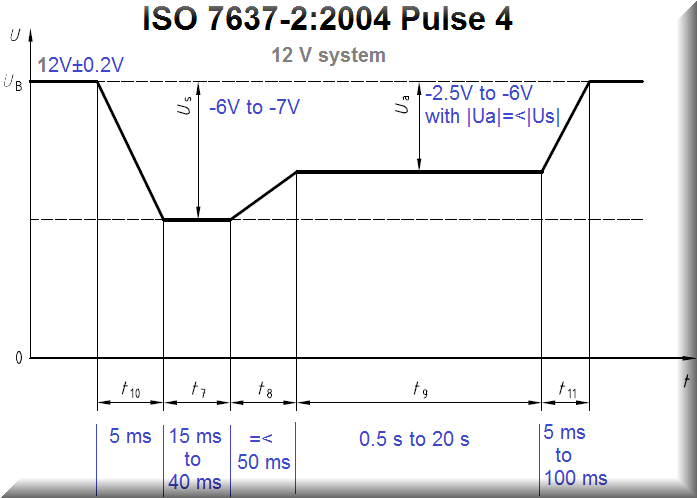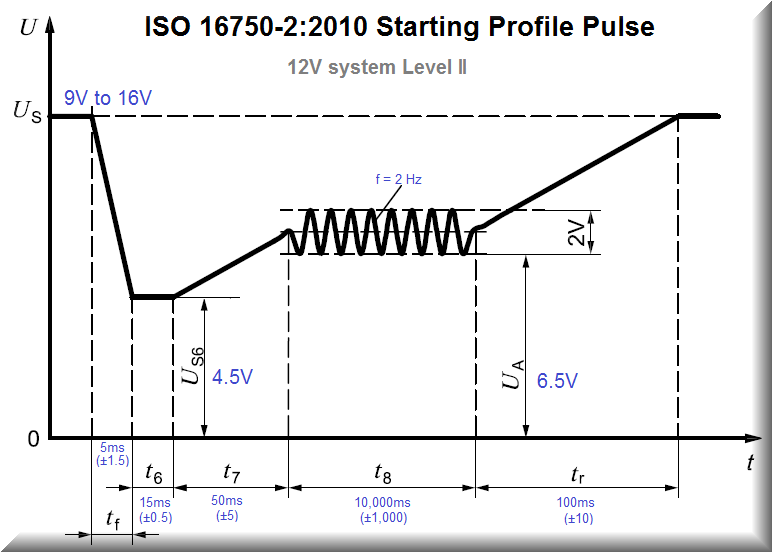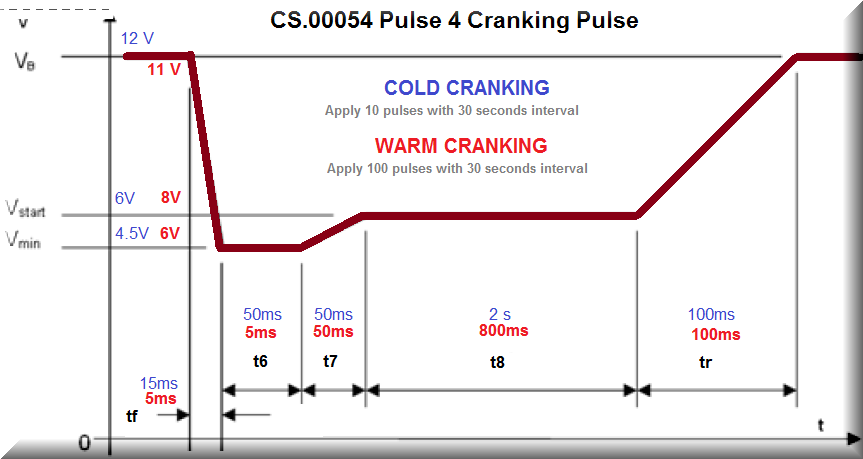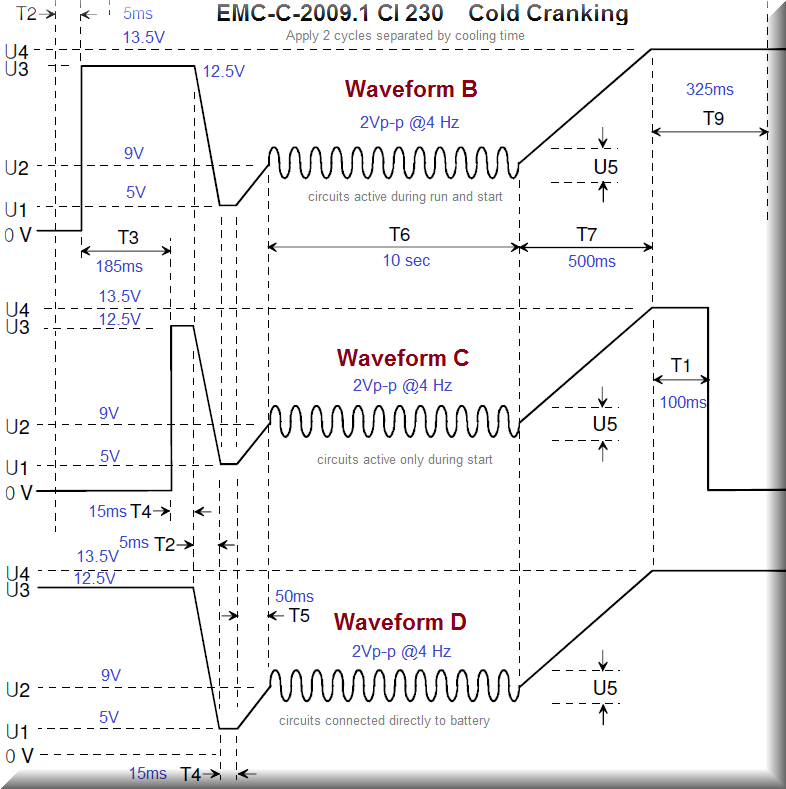13. September 2015 14:28 by Christian in
Test Methods A burst arc occurs when a mechanical contact is open during the switching process. Burst sources:
• Circuit Breakers in electrical circuits
• High Voltage switchgear
• 110/230V Power Supply systems
• 24V Control Lines
A burst has a single pulse rise time/duration of 5 ns / 50 ns from a 50 Ohm source impedance.
Bursts of 15 ms duration with a repetition rate of 5 kHz (or 100 kHz) are applied every 300 ms.
Voltage test levels:
• Power ports: 0.5 KV, 1 KV, 2 KV, 4 kV
• Signal and Control ports: 0.25 KV, 0.5 KV, 1 KV, 2 kV
• Coupling method is used to transfer the transient to the DUT.
• Decoupling method is used to block the transient from entering the mains and damaging other equipment connected in the network.
• Power line coupling is done with direct CDNs (Coupling/Decoupling Networks).
• Signal line coupling is done with a CCC (Capacitive Coupling Clamp): two metal plates which sandwich the line under test (cable) to provide a distributed coupling capacitance.
Test waveform verification is mandatory prior to each test.
For equipment connected to power ports all lines are coupled simultaneously.
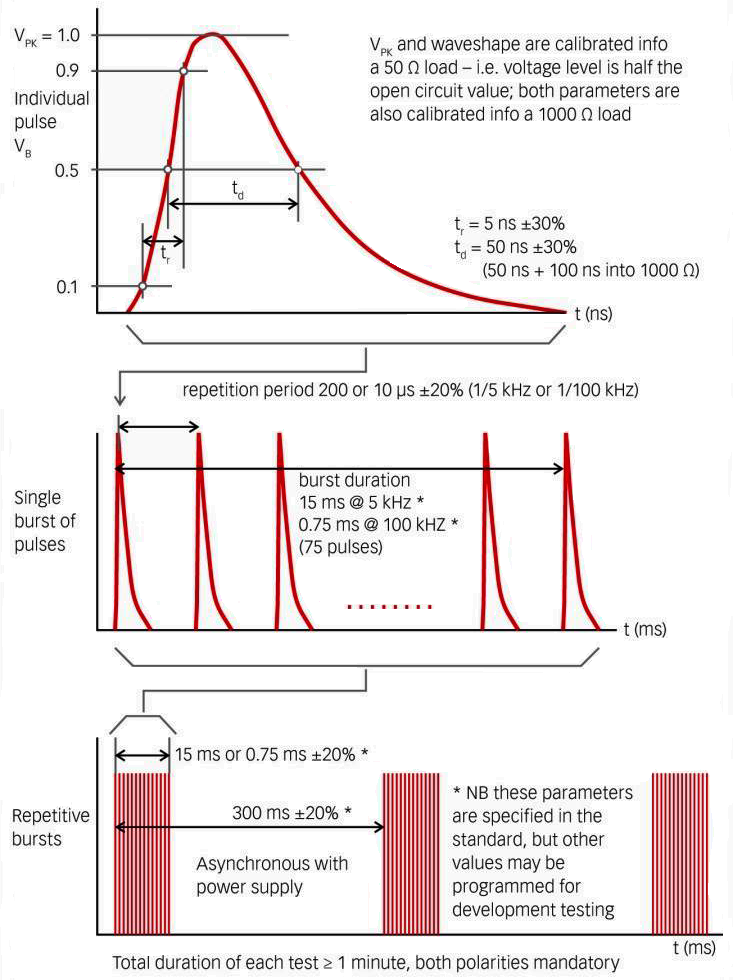
Christian Rosu
13. September 2015 13:09 by Christian in
Installing residential EVSE (Electrical Vehicle Supply Equipment) in a garage for Level 2 charging may require changes to the home’s electrical wiring and a permit from the local jurisdiction.
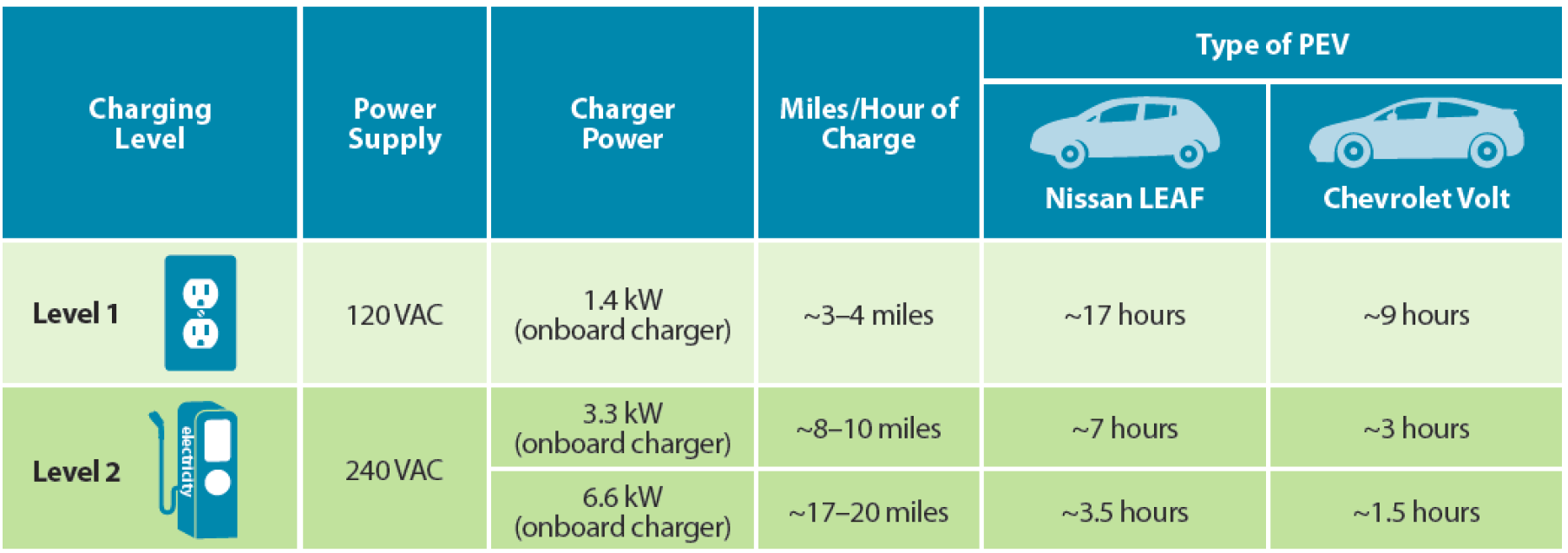
11. September 2015 09:08 by streng in
The suppliers of automotive electronic devices are competing these days to lower the cost of theirs designs. This is a sample of rather expensive solution to ensure proper function of an automotive electronic device during transients on supply lines (12V Battery).
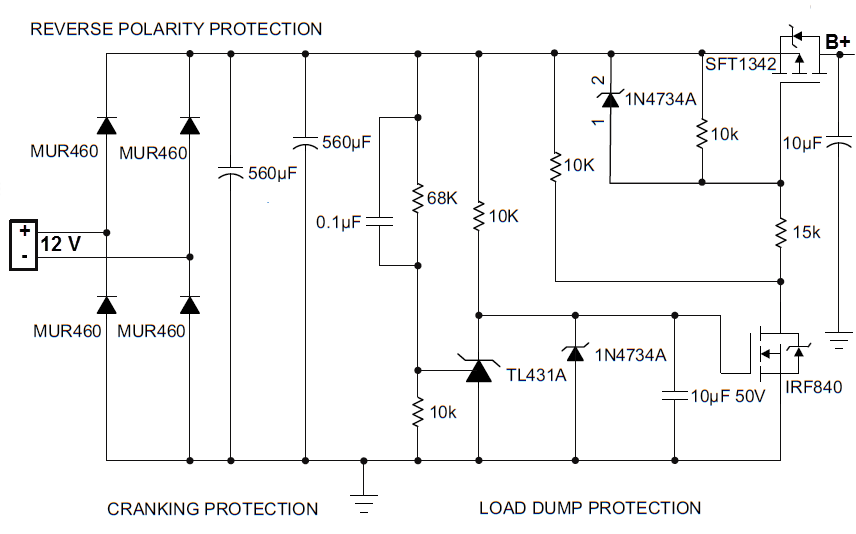

Sample of less expensive solution to prevent reverse polarity, load dump, and cranking pulse from disturbing circuits sourced from a 5V voltage regulator or directly from the 12V B+ line.
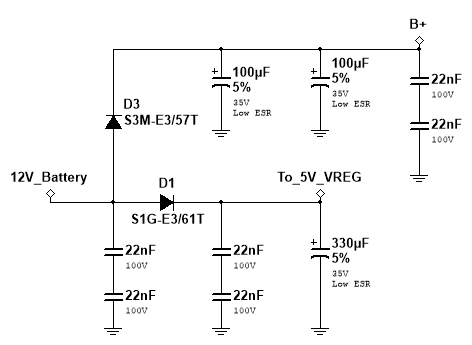
10. September 2015 20:08 by streng in
The Load Dump condition occurs when the positive terminal
from a discharged 12/24 V battery is being disconnected while the alternator is
charging. The electrical loads connected directly to the alternator are subject
to a surge of up to 120 V for 400 ms.
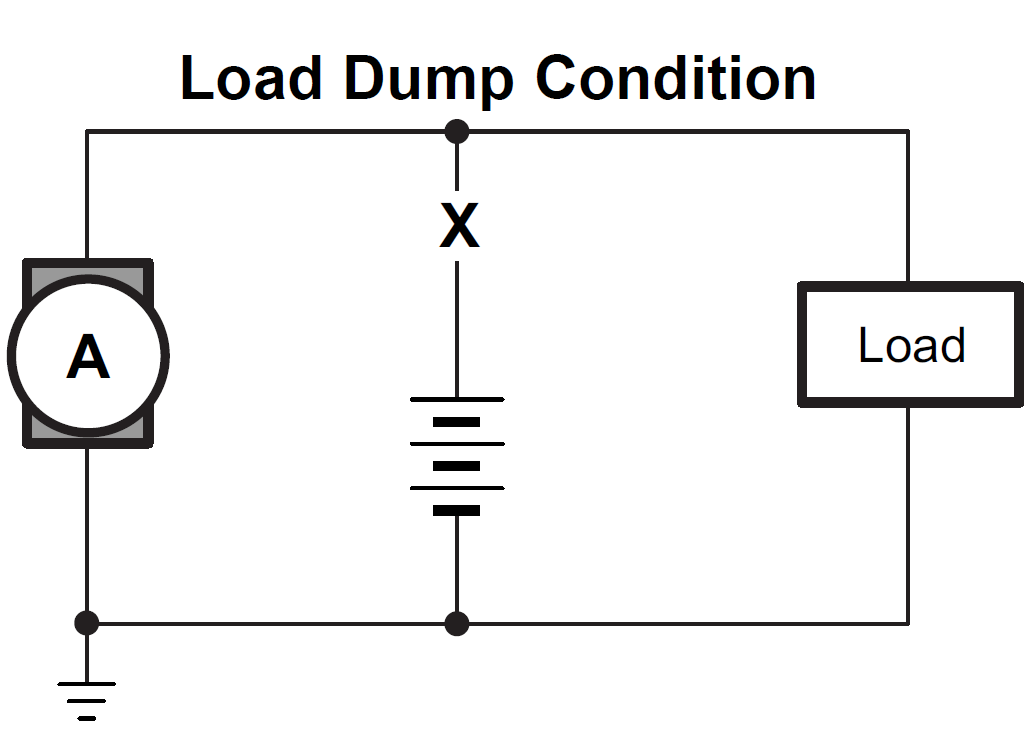
Load Dump as defined by ISO 7634-2:2004 and ISO 16750-2:2010.
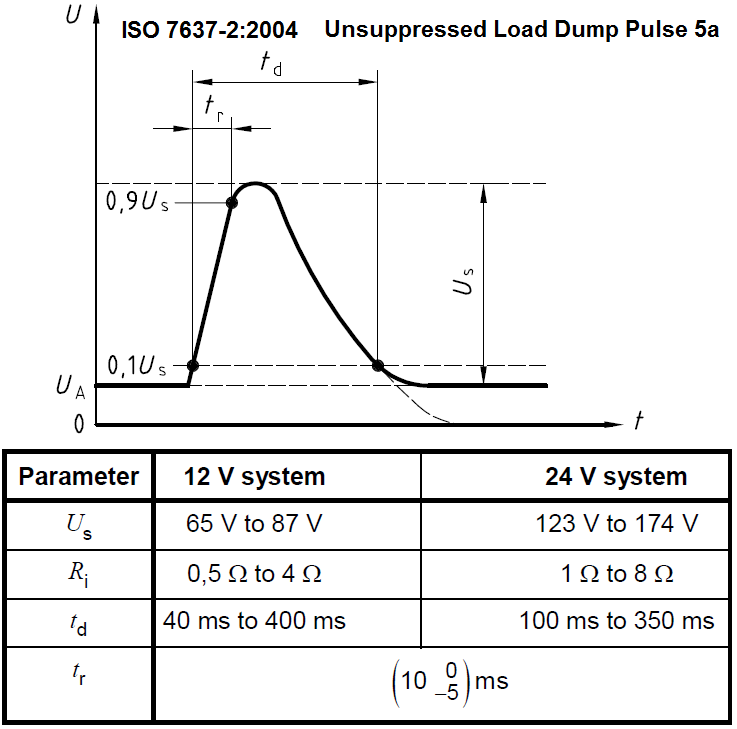
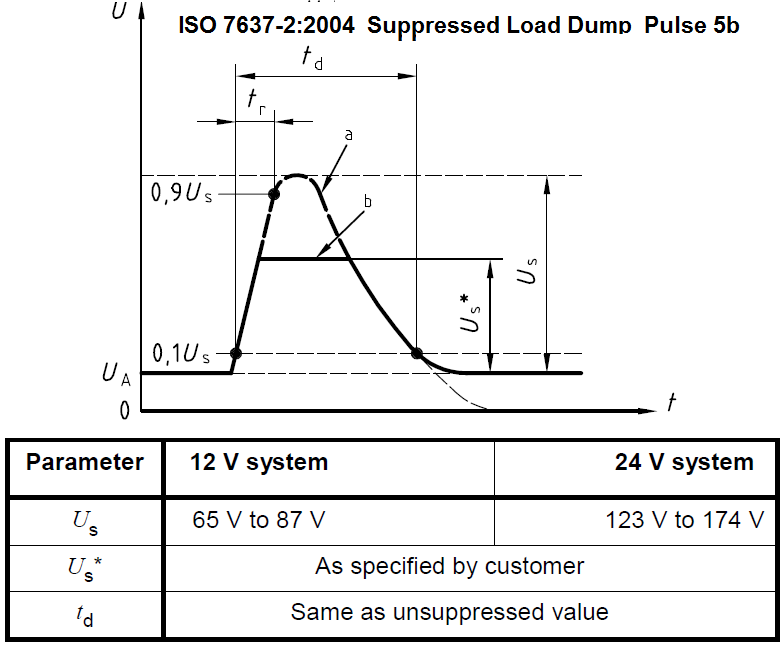
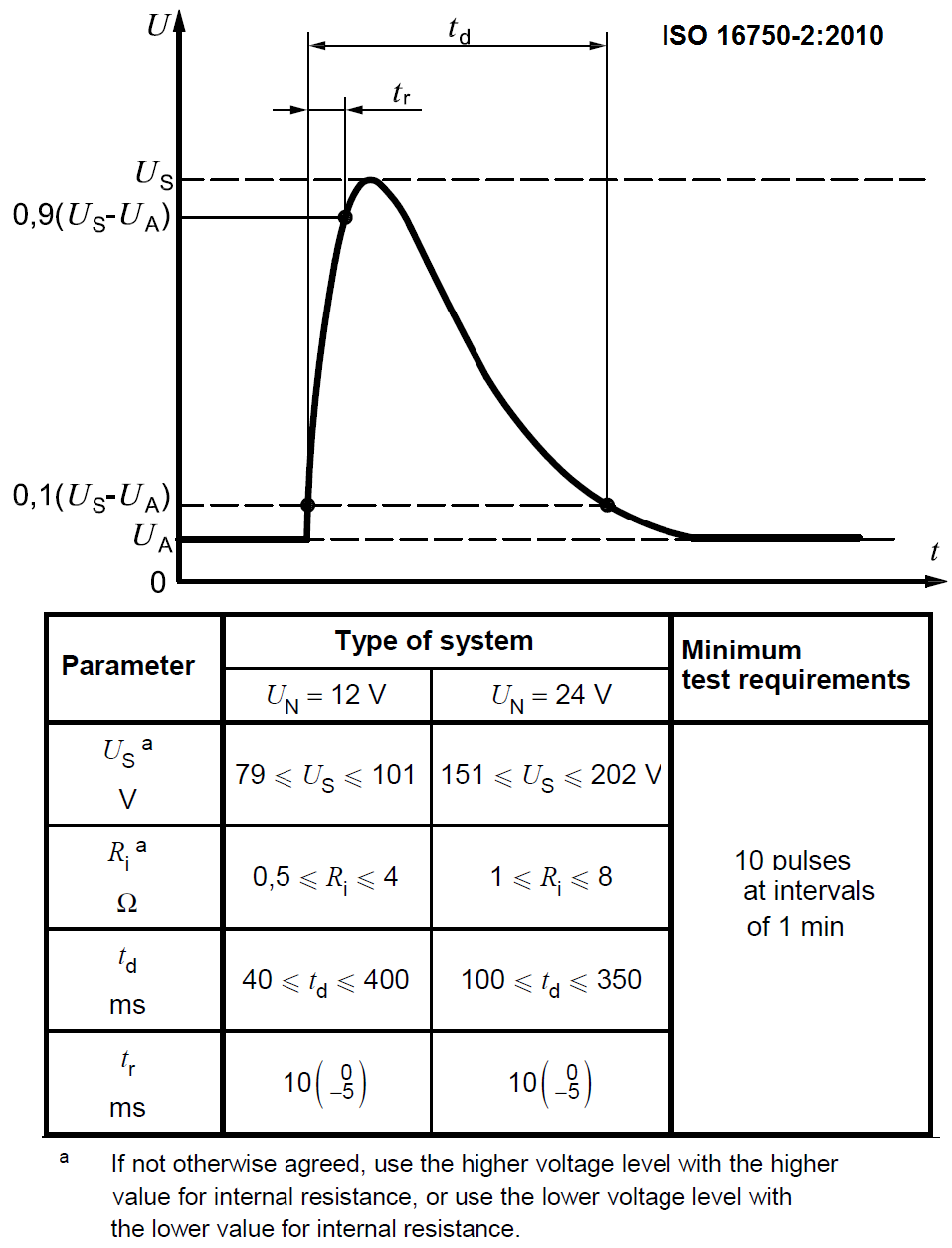
10. September 2015 19:47 by streng in
The Cold Cranking Pulse occurs when starting the engine in the morning and even worse in cold weather. Controllers supporting CAN bus will be notified that a temporary low battery voltage condition will occur. Motion controllers modules (e.g. power lift gate) driving in that moment electrical motors will have to stop the ongoing operation and store their current status (e.g. lift gate position and direction) just before the Cold Cranking Pulse occurs. Once the Battery voltage returns to nominal (e.g. 12.8 V) the motion controller should safely resume its operation.
